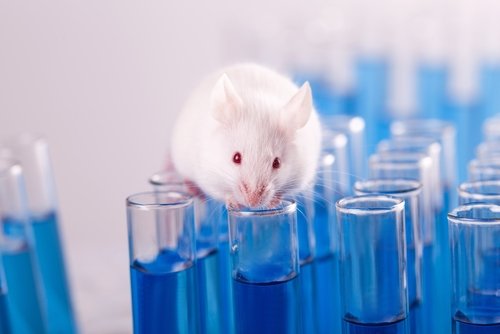Protein Component May Lead to More Severe Case of CMT4F, Mouse Study Suggests

A specific portion of a protein contributes to the stability of myelin, the coating that protects nerve cells, according to a mouse study that has implications for Charcot-Marie-Tooth (CMT) disease.
The findings on periaxin could shed light on the molecular mechanisms involved in CMT type 4F, researchers said.
Their study appeared in Wellcome Open Research. The title is “A murine model of Charcot-Marie-Tooth disease 4F reveals a role for the C-terminus of periaxin in the formation and stabilization of Cajal bands.”
CMT4F stems from mutations of the Periaxin (PRX) gene that lead to movement and sensory impairment. The dysfunction is associated with myelin loss.
The proteins periaxin, Drp2 and Dag form a complex that fosters an association between the membranes of Schwann cells and the myelin that protects peripheral nerves — those outside the brain and spinal cord. The association leads to the formation of Cajal bands, or channels essential to myelin production.
Lack of periaxin or Drp2, or a disruption in the relationship between the two proteins, damages the myelin sheath. In mice, loss of periaxin leads to more extensive myelin damage than in humans and to the same slower communication between nerve cells.
Over 90% of periaxin protein in mice is encoded by a component of the Prx gene called a terminal exon. Exons play a key role in protein formation. Because most CMT4F mutations are located in the terminal exon, researchers hypothesized that they lead to the production of a shorter form of periaxin.
They proved their hypothesis by doing nerve-tissue biopsies of two families with these mutations. Proteins have two sequence ends, the C-terminus and the N-terminus. One of the families’ mutations led to shorter periaxin at the C-terminus — a version that lacked 391 amino acids that were supposed to be in the protein.
Previous studies had shown that the N-terminus is involved in assembling the Prx/Drp2/Dag complex. So the researchers wondered if loss of the C-terminus could lead to the formation or stabilization of the complexes.
The study involved mice that lacked the 391 C-terminal amino acids — a situation seen in CMT4F patients. Researchers discovered that loss of periaxin’s C-terminus leads to a reduction in Drp2.
They predicted that the decrease would result in reduced formation of Cajal bands, and instability of myelin, contributing to CMT4F. “This is what we observed, and it appeared to get worse with age,” they wrote.
Another finding was that loss of Drp2 led to a less severe condition than loss of periaxin. This prompted the team to speculate that periaxin may have other roles in Schwann cell biology besides promoting the assembly of Cajal bands.
“The present study supports this view and identifies the C-terminus of the protein as a contributor to the regulation of Schwann cell growth,” they wrote.





